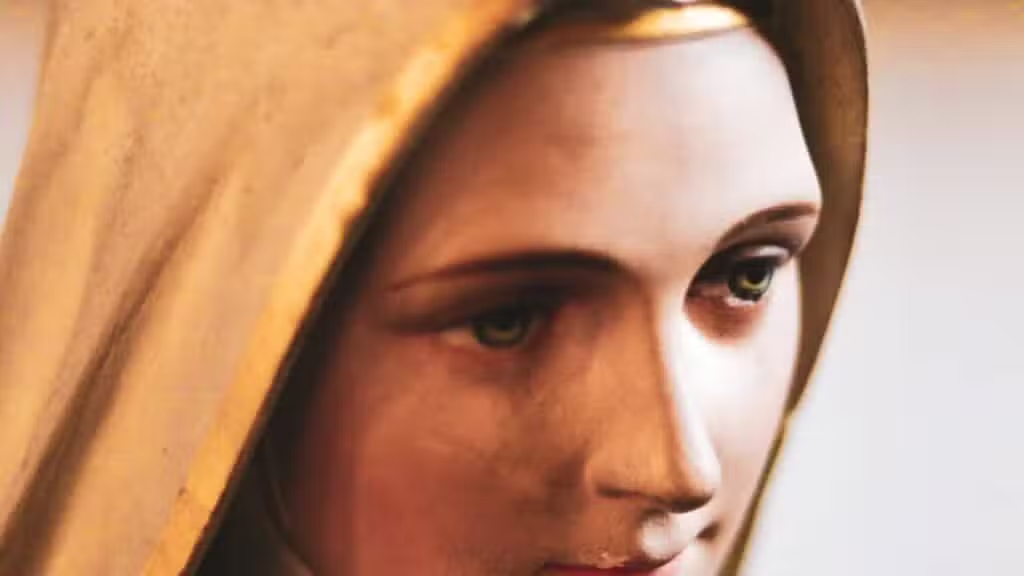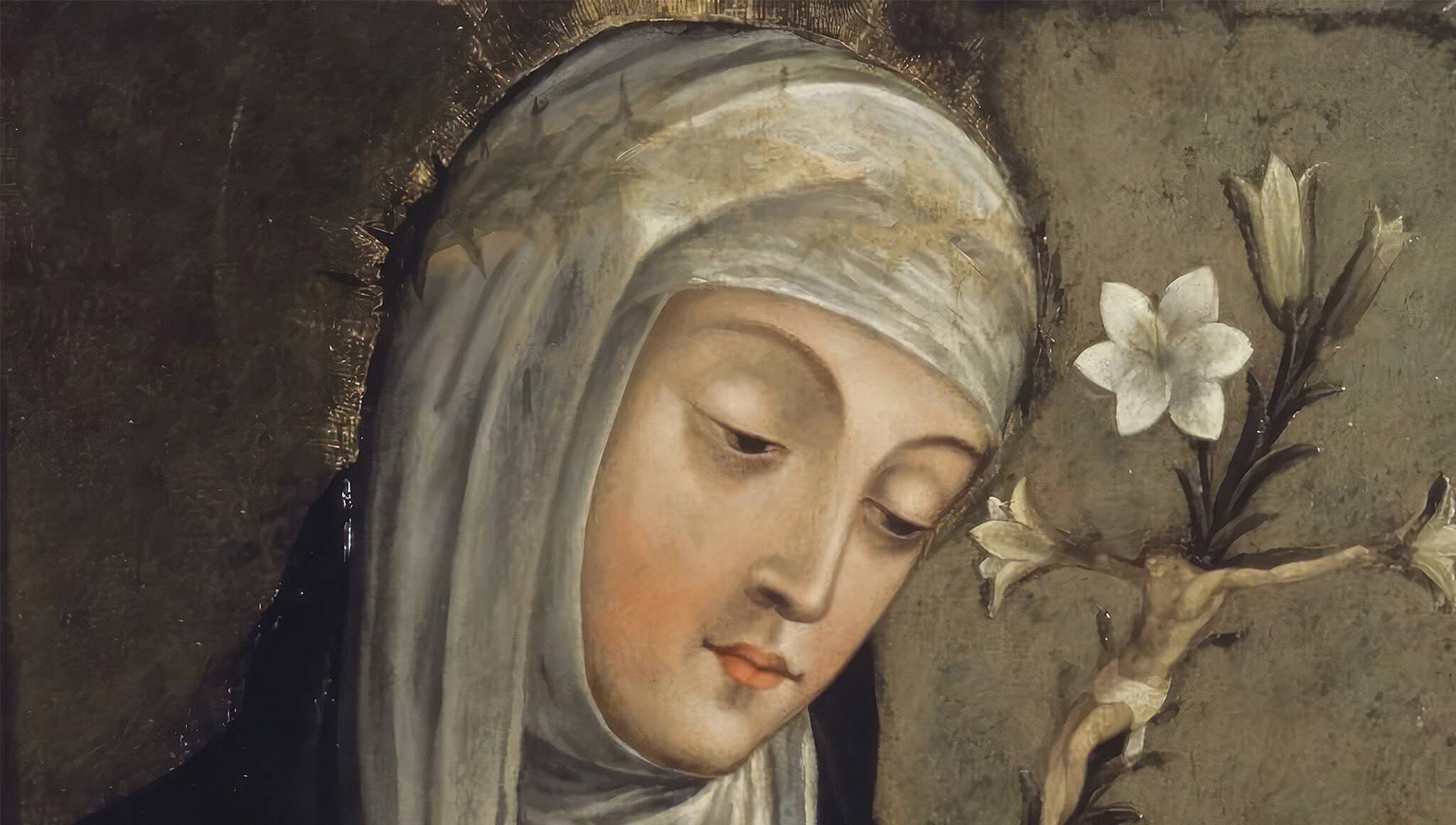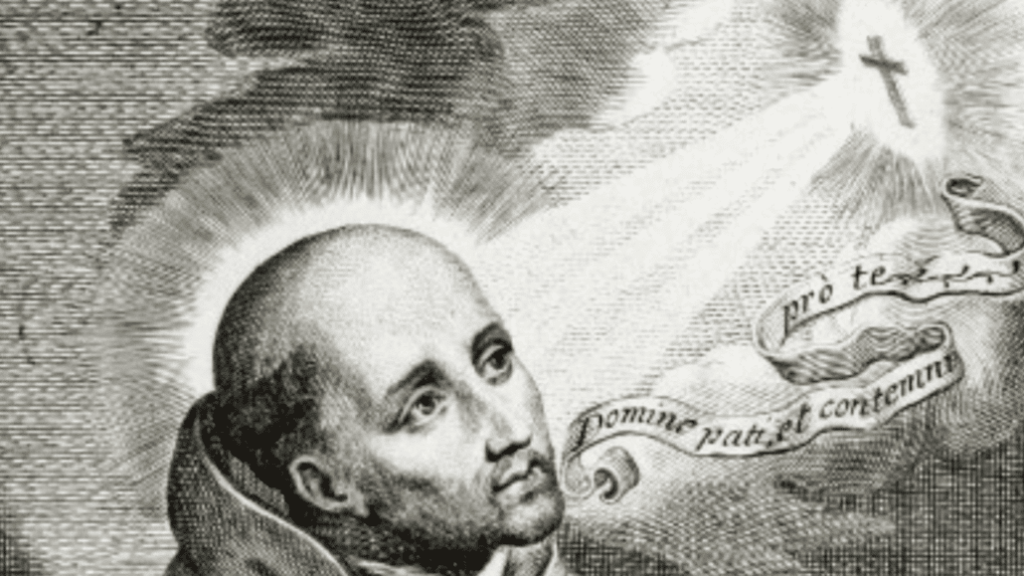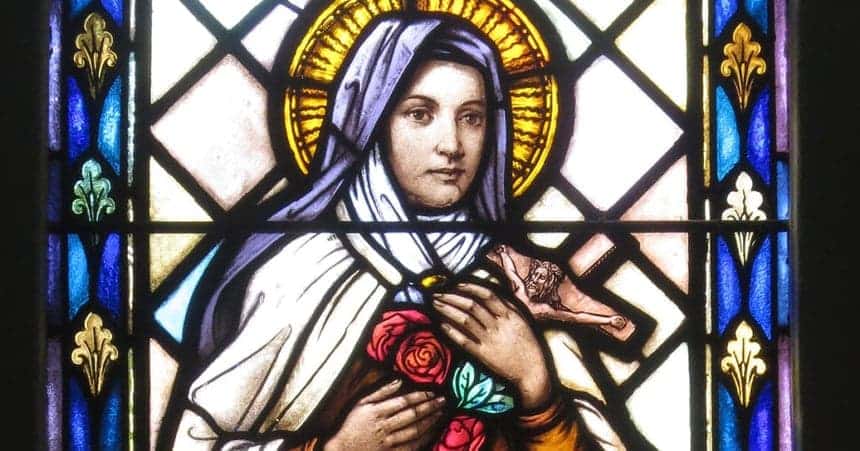The word mystics has the same linguistic root as the word mystery, which denotes something secret, hidden, something that is beyond our understanding. The mystic is one who has had an experience beyond our ordinary understanding and/or experience.
In the Christian tradition mystics have been understood as someone who has received the special grace of infused contemplation of God in contrast to the acquired contemplation of the ordinary practitioner of contemplative prayer. Contemplative prayer is a looking at God, either directly, as does the mystic, or indirectly as does the ordinary contemplative who “sees” God indirectly in all of God’s works and all of God’s workings.
Here are five mystics to feed your faith.

Blessed Virgin Mary
If the mystic is one who experiences in an extraordinary way the intimacy with God offered to everyone, then Mary is the model and pattern of the mystical life. She literally carried God in her womb and gave birth to him. Thus, she is the mother of all mystics.
Spiritual impregnation, gestation and giving birth are the initial stages of the mystical life. God invades our life, usually when we are not expecting it; we embrace that gift. Even if we are tempted to hoard it as ours alone, God will be born from us; we will serve others as a result of God’s own indwelling love. Read more…

St. Francis of Assisi
The mysticism of St. Francis grew out of and was not separate from his sacramental and gospel life. Francis’ intimacy with God was not a category of experience separate from his intense living of the gospel within the church.
True, at the beginning, when he was still “in the world,” as he put it, he was gifted with ecstatic dreams and with the vision of Christ speaking to him from the crucifix of San Damiano and with the vision of Christ the Leper. But even then Francis did not have these visions and dreams in order to draw him into himself but to draw him into the mystery of the church. Read more…

St. Catherine of Siena
Medieval mystics had a strong sense of who they were. Catherine of Siena was a strong, formidable woman who knew who she was as a creature of God. She was of God, but not God.
If she was tempted to think that her visions made her someone special or better than others, she very soon learned that visions are not all sweetness and light. At one point in the three years of solitude in her cell, the sweet presence of Christ was replaced with demonic visions and voices, including vivid visions of naked couples copulating all around her cell. Read more…

St. John of the Cross
One of the greatest mystical poems was written in prison by a Carmelite priest whom we know today as St. John of the Cross. The year was 1578, and the prison was a priory in Toledo, the famed Spanish city whose images the great painter El Greco has seared into our mind’s eye. Dark and forbidding is the city of Toledo in the paintings of El Greco.
There is an El Greco painting in the Cincinnati Art Museum entitled “Christ on the Cross with a View of Toledo.” Dark are its hills, dark the city, dark the clouds—all in the background, except for streaks of light that are the color of the crucified Christ in the foreground, his elongated body dominating the canvas. Christ’s head is tilted heavenward, his eyes rapt in contemplation. Read more…

St. Thérèse of Lisieux
St. Thérèse of Lisieux was at heart an anti-mystic who said that she did not want to see God on earth; she preferred to live in faith. That is what her short life was all about, a life of faith marked by an extraordinary love that she came to see was her vocation.
It was a vocation that reached out to others from a small Carmelite cloister in a small town in Normandy, France, until she was beloved throughout the world for the countless miracles worked through her intercession and for her autobiography, The Story of a Soul, which is really three books in one. Read more.
